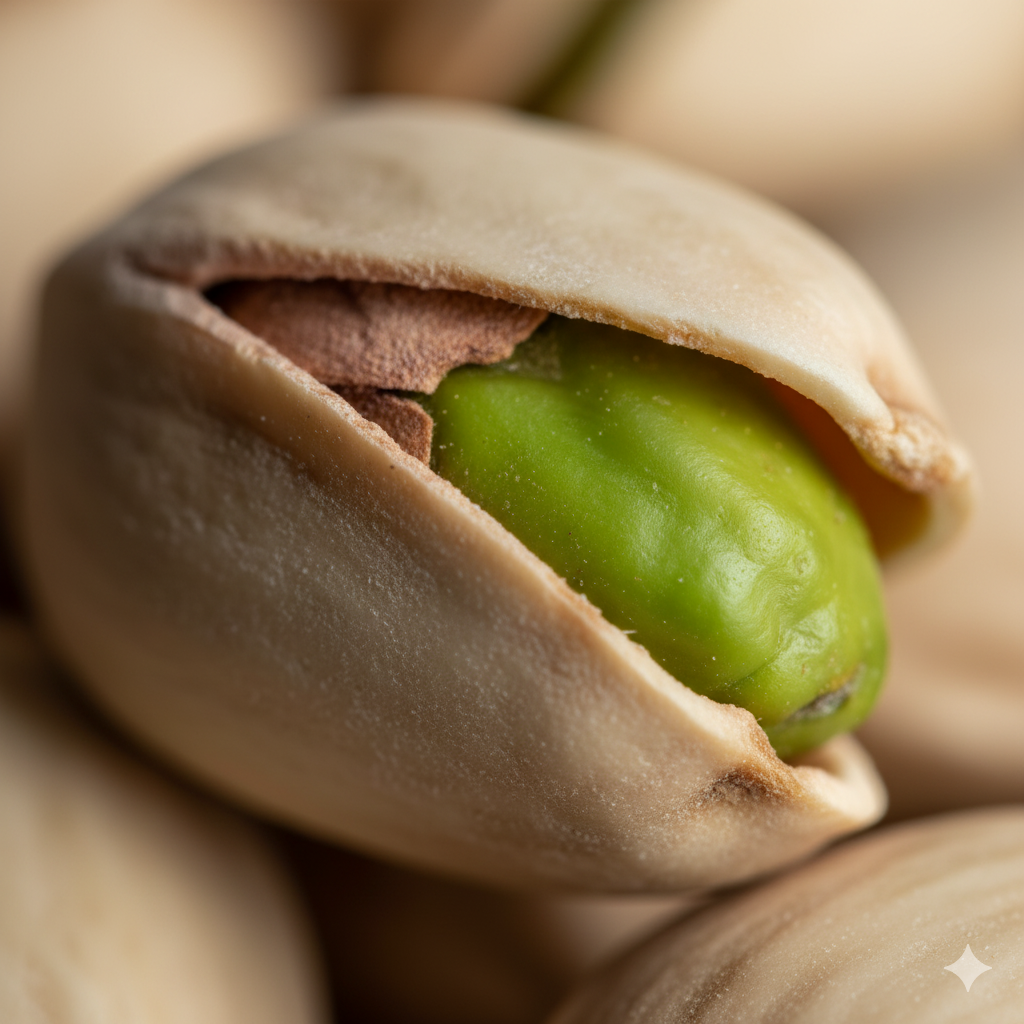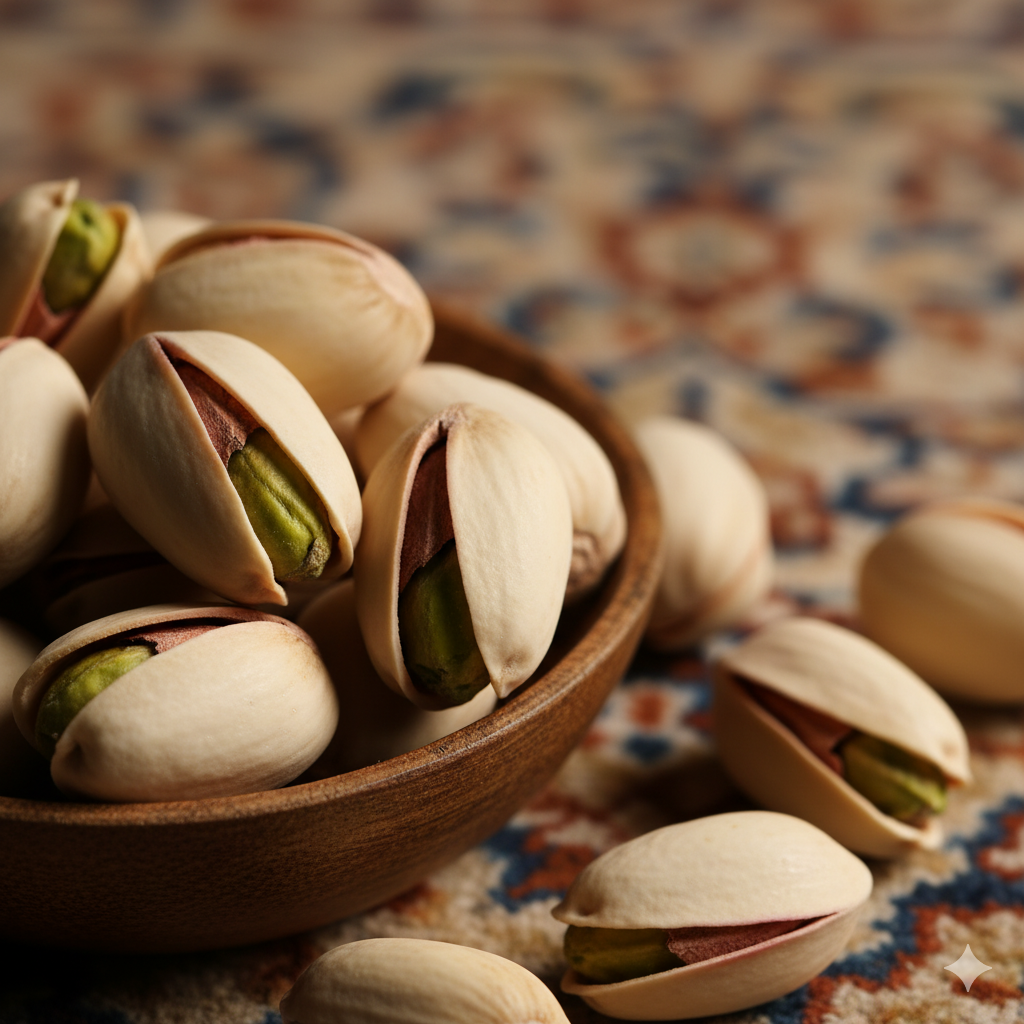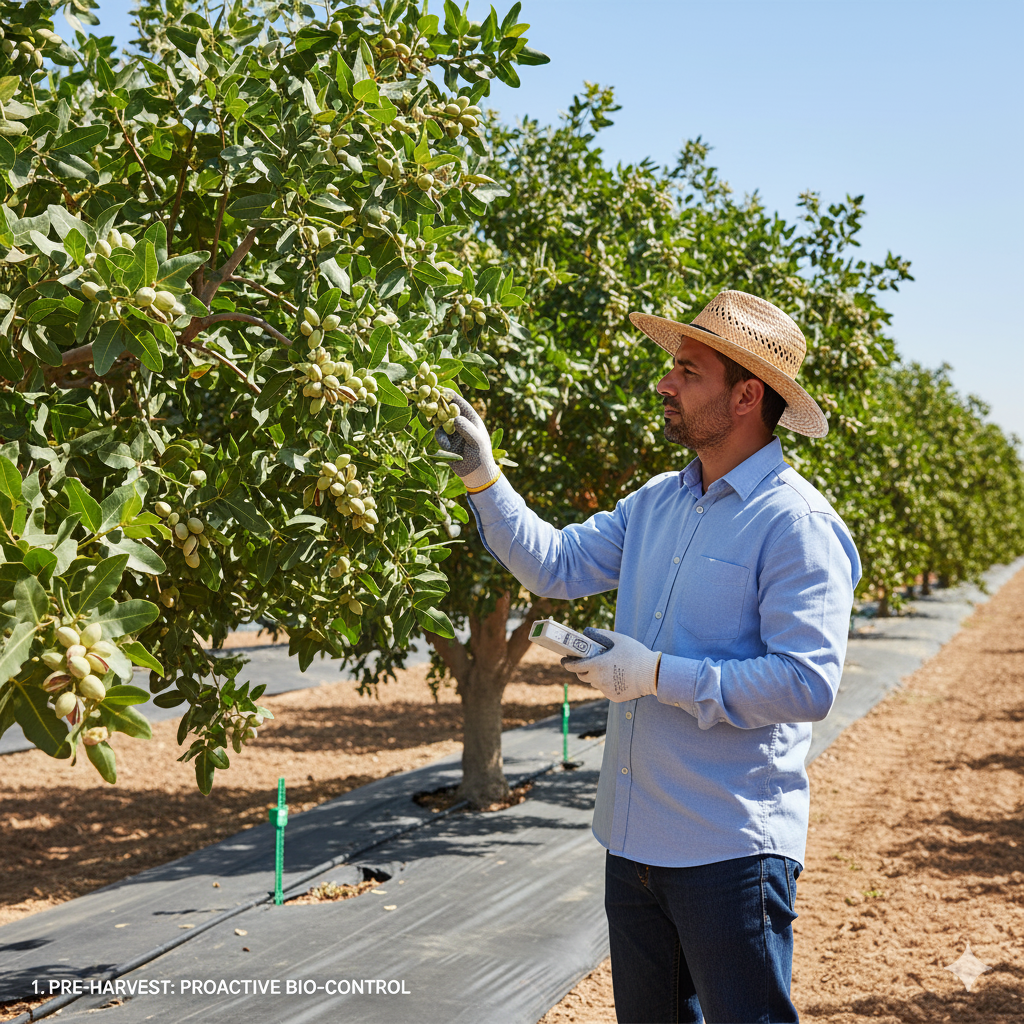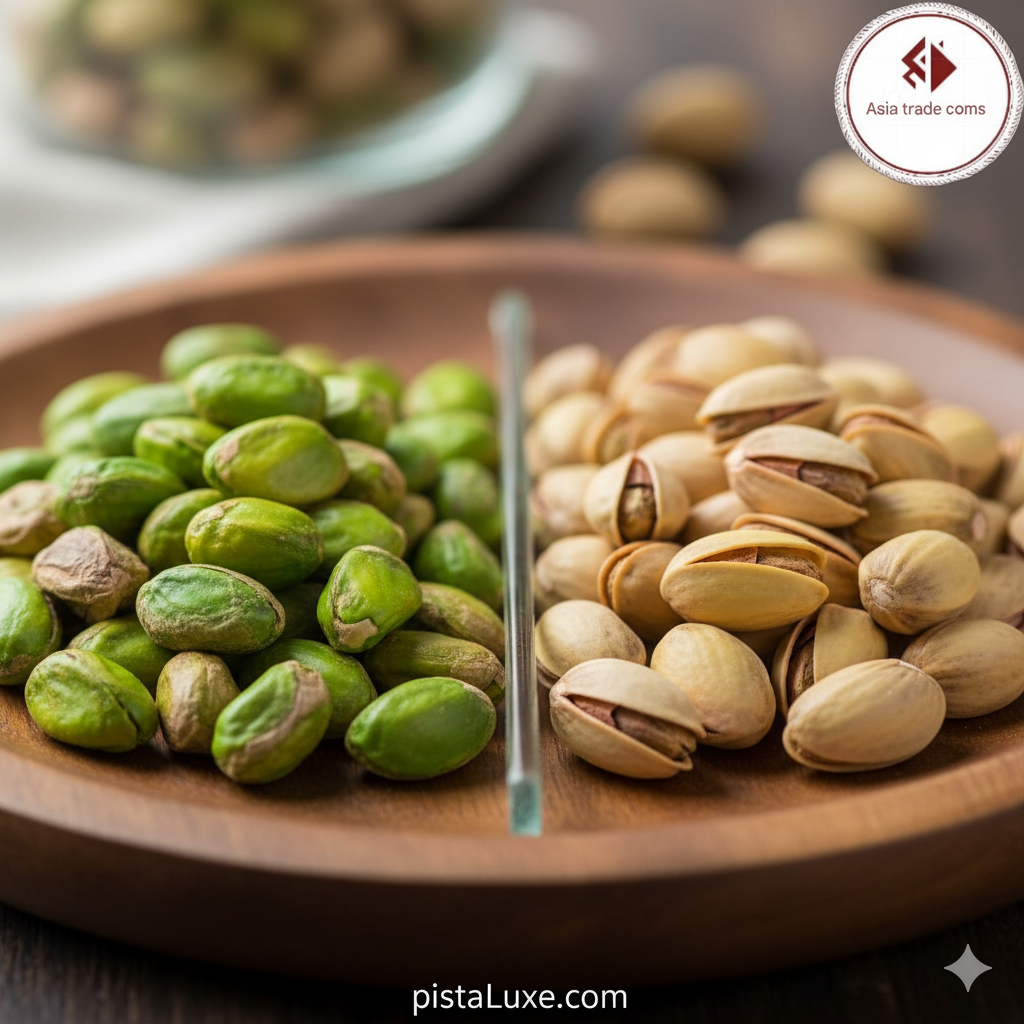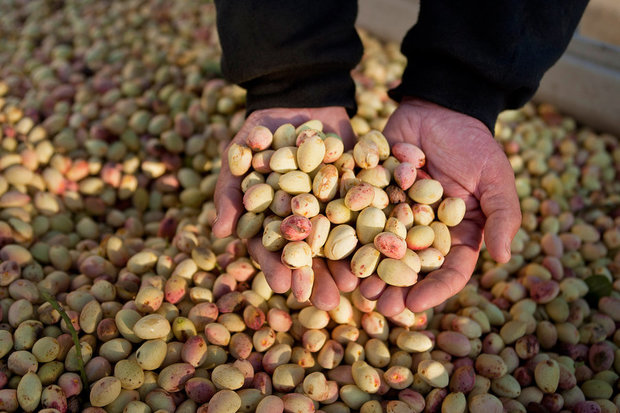
Pistachio allergy is a common food allergy that can cause serious health issues in some individuals. Recognizing the symptoms early, understanding how to diagnose it, and knowing how to manage it properly are essential for safety and well-being.
Symptoms of Pistachio Allergy
The symptoms can range from mild to life-threatening and may include:
- Hives or skin rash
- Swelling of lips, face, or throat
- Difficulty breathing or wheezing
- Abdominal pain, nausea, or vomiting
- Anaphylaxis (a severe, potentially fatal allergic reaction)
Seek immediate medical attention if you experience signs of anaphylaxis.
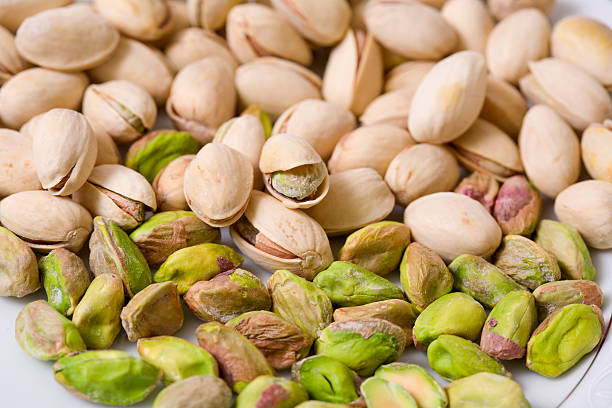
How is Pistachio Allergy Diagnosed?
Effective diagnosis involves:
- Medical history evaluation
- Skin prick testing to detect allergic reactions
- Blood tests measuring specific IgE antibodies
- Food elimination diet followed by supervised testing during reintroduction
Early diagnosis helps in managing the allergy effectively and avoiding dangerous exposures.
Treatment and Management
While there is no cure for pistachio allergy, management strategies include:
- Avoiding all pistachio-containing foods and products
- Reading food labels diligently
- Carrying emergency epinephrine auto-injectors
- Educating loved ones about your allergy and emergency procedures
Consult an allergy specialist for specialized advice and ongoing monitoring.
Safety Tips for Pistachio Allergies
- Always check food labels for hidden pistachios
- When dining out, inform staff about your allergy
- Wear medical alert ID
- Keep emergency medication accessible
- Be cautious of cross-contact risks in shared kitchens
Following these precautions helps prevent accidental reactions and ensures your safety.
Contact for Dry Fruits and Nuts:
Mr. Ravan Shad: +98 921477 3705


